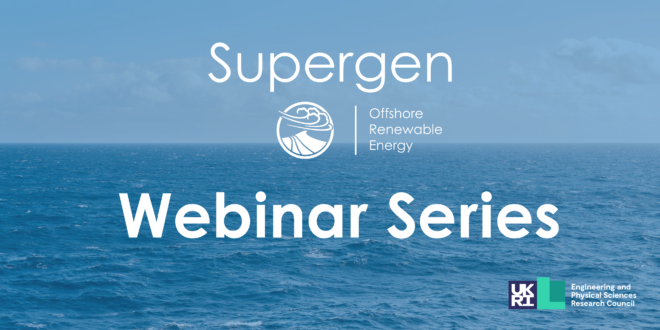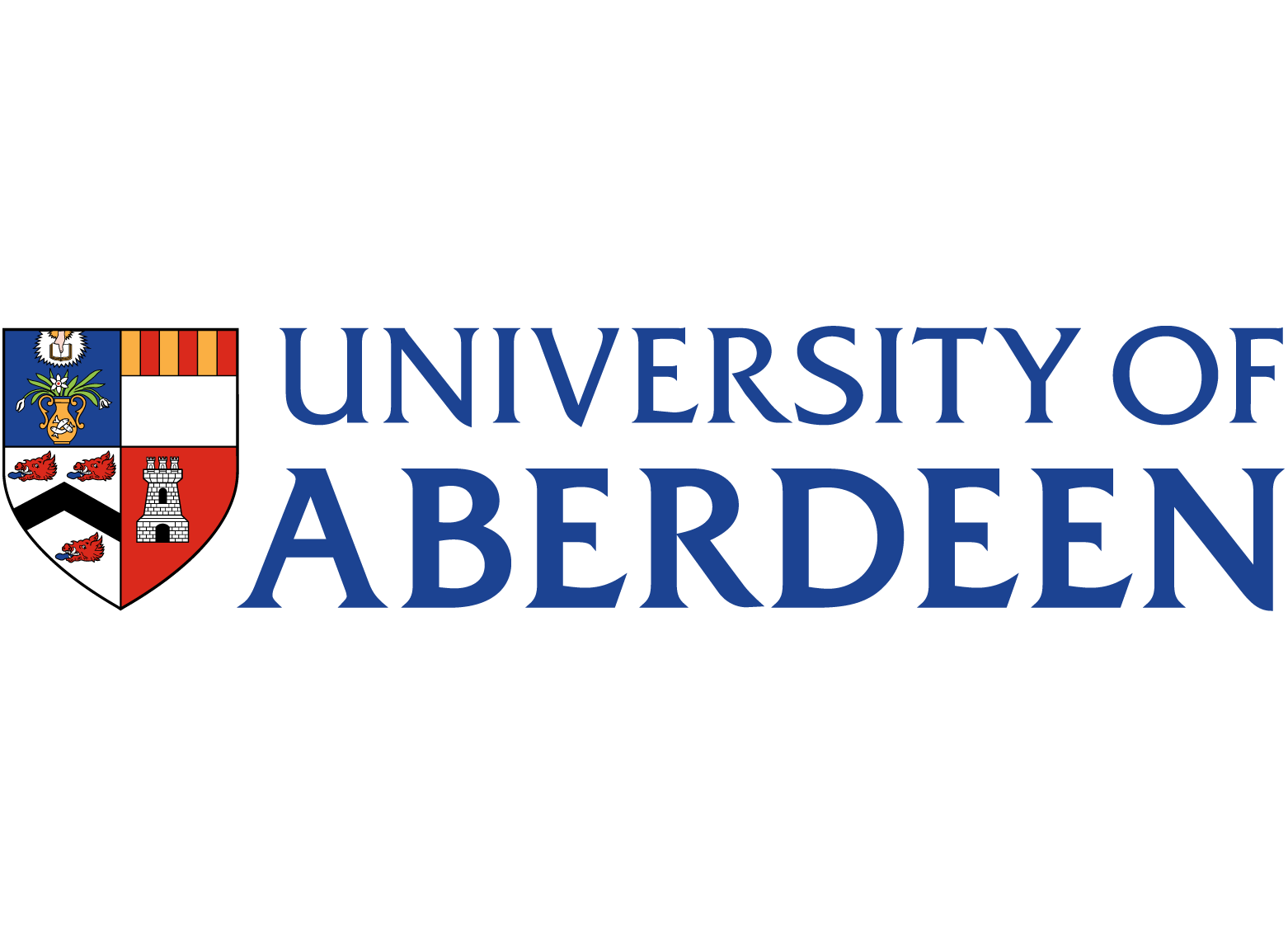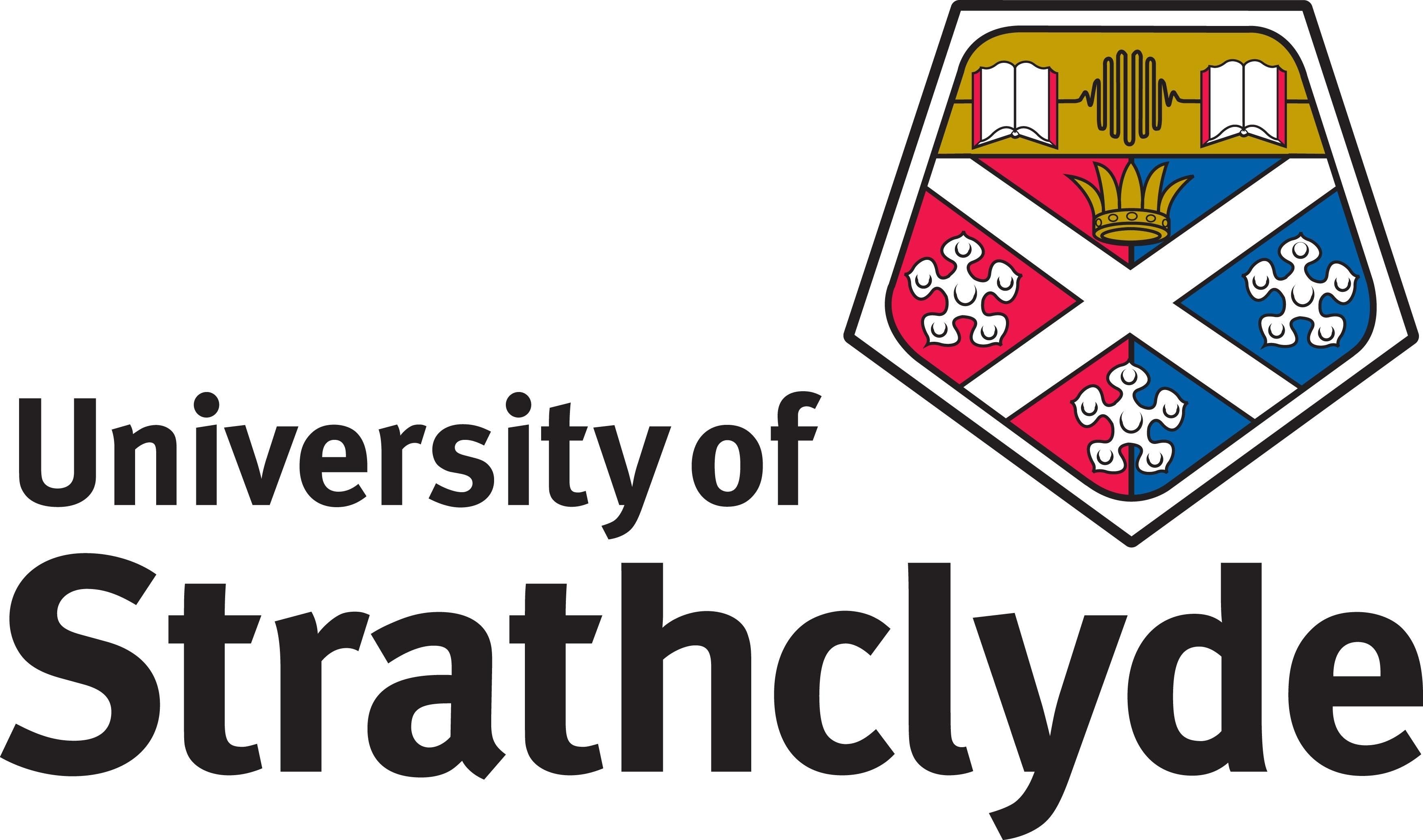A commitment to a green energy future requires new engineering systems that reduce the cost of environmentally-friendly power generation. Larger wind turbine sizes is one of the most straightforward and effective ways to reducing the wind power generation costs. However large turbines are subject to significant aeroelastic effects from turbulence and gusts. Novel modelling techniques are needed to both accurately simulate such effects and serve as a basis for smart rotor concepts, where low-power and low-maintenance blade-mounted flaps are controlled to reduce fluctuating loads on the blade structure. This will enable savings in blade stiffness and weight, and more importantly huge savings in other components such as drive-train and tower. The ultimate goal is to develop technologies that will facilitate the introduction of larger and lighter wind turbines, along with a substantial reduction in the unit cost for energy production. Areas of focus include aeroservoelastic modelling of smart rotor including control surfaces, model reduction, control design and simulations.











